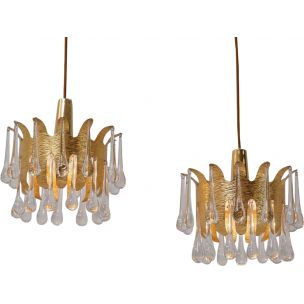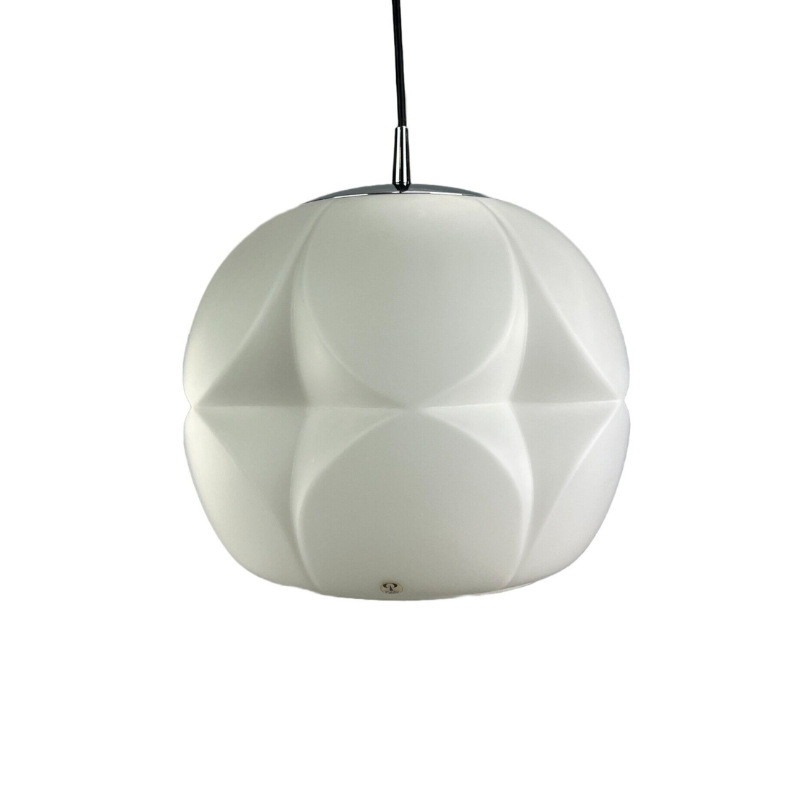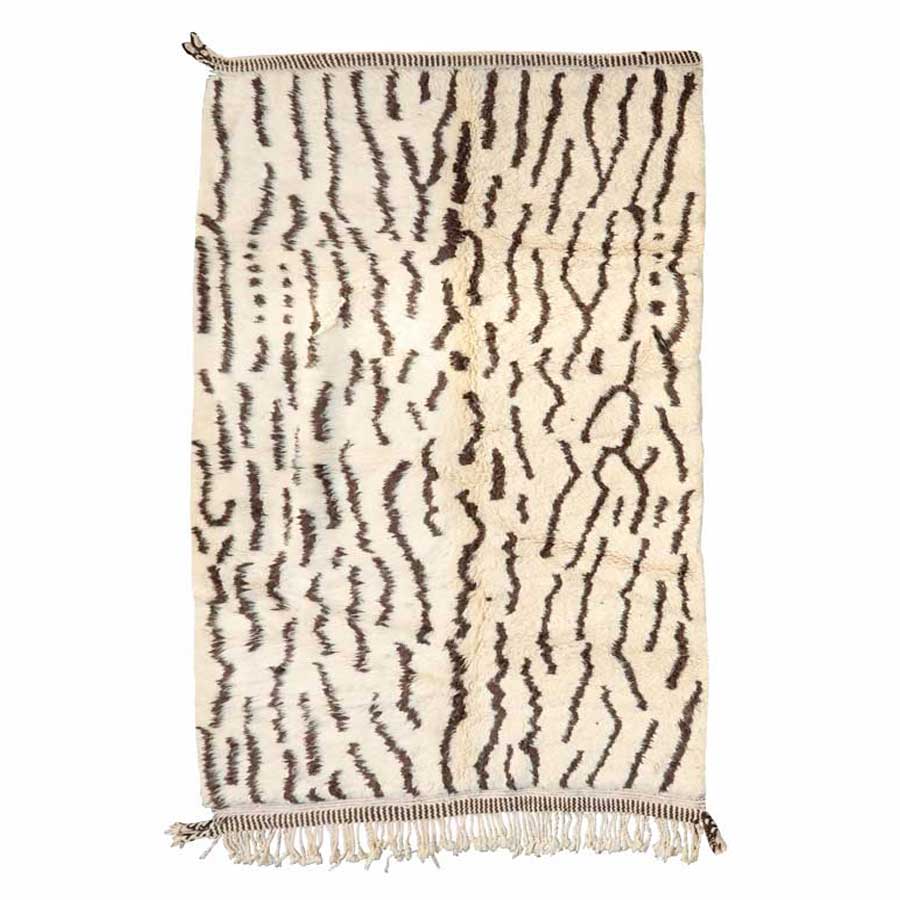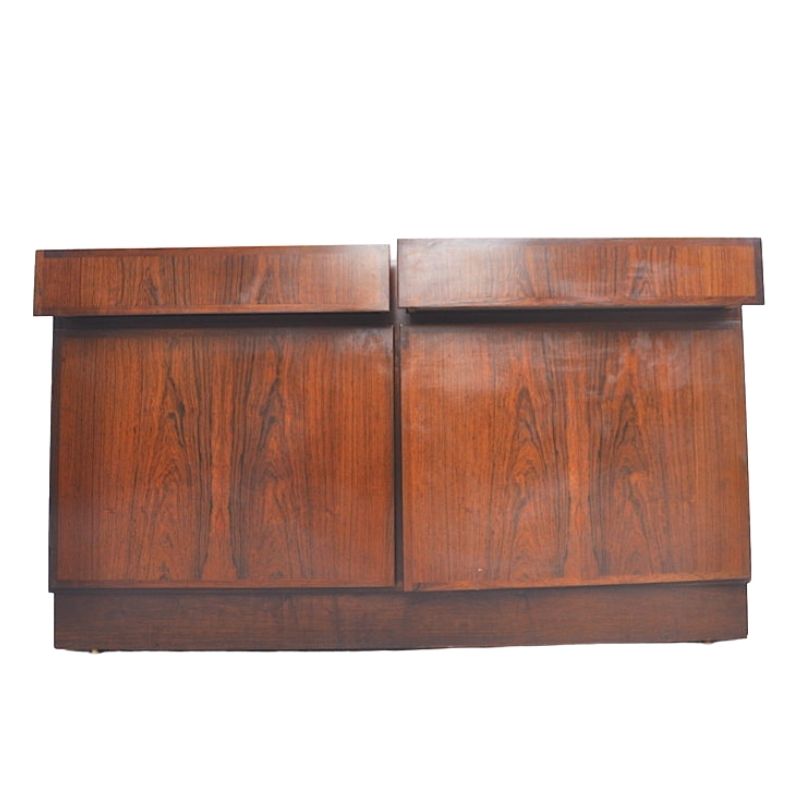.
I can't really help, I sold this model already several times and I declared it always as manufactured by HJN Møbler, two of them had the HJN stamp on the backside.
By the way it's really a nice desk, unspectacular but nice, especially the side view is very beautiful.
Is there a mirror in the small middle drawer?
.
Usually there is a mirror in the middle drawer, which can be turned up.
HJN is definitely a danish manufactory of the period, but I have no idea if Nils Jonsson worked for them, Nils Jonsson was (is?) a Swede and worked mostly for Troeds, a swedish manufactory.
Except the drawer handles there are no similarities to Nils Jonsson designs.
Hi guyz! It happens we do have an exact same cabinet/desk at the shop. My brother also thought it was Nils Jonsson, but according to you all he's wrong. I found that Lauritz wasn't able to give an artist name as well.
Any ideas?
@leif ericson: you seam to be a Danish furniture pro! Do you think it is Danish?
Our cabinet/desk would have a much nicer value with a designer's name 😉
Sorry, I am taken.
What does generic mean? Ok let's back up. the Danish modern furniture industry came about as a collaborator between furniture designers, mostly licensed architects, and cabinet makers. This was very low volume production and exquisitely made. These were names like Johannes Hansen, Niels Vodder, Erhard Rasmussen, A.J. Iversen, Willy Beck, Gustav Bertelsen, etc. In the early to mid 1950s it became clear to that these new designs which were part of a new direction in furniture were selling well and factories got in on designer furniture. So they hired the designers from the cabinet makers' exhibitions to design furniture for them. Carl Hansen hired Wegner. FDB and Fredericia hired Mogensen, Bovirke and France and Søn hired Finn Juhl, Hvidt & Mølgaard, and the Kindt-Larsens, Søborg hired Hvidt and Mølgaard and Mogensen, etc. These were some of the big factories.
And at this point in the mid 50s it was very clear there was a genre. And at this point in time some makers started looking at the basic "recipe" of the genre and decided that they could design something "like that" themselves. Or sometimes they hired out designs to be "in house," which meant that the designer did not have to be credited. So there are cases like this one of lesser known makers who never advertised a designer (and likely the designer was the owner of the company), and they are called generic. (Short of someone discovering credible documentation that credits a designer).
And it is not black and white. There is a large grey area in the middle. For example Niels Vodder designed a sideboard in the style of Finn Juhl, and he was credited as the designer in catalogs. This is not considered a generic piece although it shares one characteristic. The owner of Søborg designed a tea cart and credited the company, and this is generally called "in-house", although you could also credit Arne Jacobsen (the owner, not the famed designer). N.O. Møller designed a lot of chairs for his own company, and he was not an architect. While he was not as famous as others he was every bit as much of a designer.
Generic pieces do generally fall in the very bottom of the scale of value. Although there is one famous example of the Clamshell chair that was basically a generic piece before the value skyrocketed and a lot of research was done to pin a name on it. Now it seems to be reliably credited to a Phillip Arctander, who was not a famous designer.
I think you can be confident that HJN/Tørring pieces will NOT magically skyrocket in value. Although I would find it immensely entertaining if I were proven wrong.
The maker is known: Tørring Møbelfabrik or HJN Møbler. It is danish. Some are marked with one name, some with the other, some not at all (in typical Danish fashion). I have personally seen later pieces from the line that were marked Tørring. I've never personally seen one with the HJN mark. From this, I think it is reasonable to _speculate_ that the Tørring ones are later. I am not sure if HJN and Tørring were the same company that changed names or if one bought the other or if one bought the rights to the design off the other. There is a small bit of industry precedent for just about all of these options.
What is not known is who designed it. If I had to guess I would say the great likelihood is that if you find the name of the owner of HJN, you will have discovered the name of the person who designed the line. And you might even dig far enough to find the family and see if they can confirm such a supposition. That would probably be the fastest way to find out regardless. It is possible you might get very lucky and find vintage documentation that shows the designer, but I see a few pieces of vintage documentation on the line and never a designer. (And note that it is also slightly possible these are in-house designs that were drafted by a designer, but copyrighted by the owner of the company and so you might also see the owner of the company's name as the designer). But I suspect that you will not see a designer named at all, which makes them 'generic' as I said before.
Report back here if you dig anything up. I am always curious.
Short night & busy day at the library looking for this mysterious designer. I tried to call Europe all early morning, sent a dozen of emails and called several dealers who claim Nils Jonsson as the designer, but none could provide any documented proof. Not very surprised, right?! I’ll let you know if I get any more constructive answers from my research and sent emails. Cheers, Cindy
If you need any help, please contact us at – info@designaddict.com











